We’ve all read about the rare stories in the news where a teen collapses on a court or field from sudden cardiac arrest (SCA). As parents, they shake us to our very core. For cardiologists like me, they haunt us. We wish we could have done something to prevent it, especially when it happens in our hometown.
While hypertrophic cardiomyopathy is the leading cause of SCA in teens, there is a second-leading cause, which is not as well known. Because of this, I am asking for help in spreading awareness for it. In some cases there are warning signs, but they are subtle.
ANOMALOUS AORTIC ORIGIN OF A CORONARY ARTERY: DEFINITION
This rare congenital condition is called anomalous aortic origin of a coronary artery (AAOCA). It’s sometimes referred to as coronary artery anomaly for short. The simple explanation is that it happens when the coronary arteries arise from the wrong location leading to potential restriction of blood flow to the heart. Here’s a more thorough explanation: The heart has two coronary arteries (a left and a right) and the aortic valve has three leaflets to it. With AAOCA, the left coronary artery comes off the right leaflet, or aortic sinus, which causes it to course between the aorta and pulmonary artery. This can cause a squeezing issue of the coronary artery particularly during exercise.
For non-athletes this anatomical mix-up may not become an issue. It becomes problematic in middle school, high school and college, when athletes are capable of producing sudden bursts of exertion.
Here’s how: When we exercise, we need to provide more blood to our muscles, legs and arms. To do this, the heart has to pump more blood to the body. So during intense exercise, the heart and the blood vessels arising from it (the aorta and pulmonary artery) will dilate to eject more blood. When there is an underlying AAOCA, intense exercise and dilation of the aorta and pulmonary artery compression of the coronary artery can occur, much like a nutcracker, causing sudden cardiac arrest.
WARNING SIGNS OF AAOCA
Unfortunately, and in many cases, the first warning sign of this condition is sudden cardiac arrest. In a small number of cases, teens will have chest pain during exercise or dizziness during exercise before the SCA event.
POTENTIAL DETECTION
This is one of the reasons why the State of Ohio mandates all high school athletes receive a health screening. Twelve of the screening questions are heart related, and two could potentially catch AAOCA, if further tests are conducted. The questions ask if the athlete has had any chest pain during exercise or unexplained dizziness during exercise. If yes, the physician will refer to cardiology, where we would potentially conduct an echocardiogram. We may explore further with other cardiac tests, if warranted.
Depending on the type of coronary artery anomaly found, open-heart surgery will likely be performed to correct it. Athletes can return to their sports after surgical correction if postoperative testing is normal.
Because there are people out there with this condition and don’t know it, it’s hard to predict how many people have it. It’s estimated to be around .1 – .2% of the population.
WHAT PARENTS CAN DO
You might be wondering what you can do as a parent. First, check in with your athletes frequently. How are they feeling during practice and games? Are they having any chest pain or dizziness during exertion? What differentiates AAOCA, versus typical chest pain in teens, is chest pain during exercise. If your teen is having chest pain while at rest, it is not AAOCA.
Second, advocate for your school to have AEDs available and unlocked. Even better would be for the coaches to have them on the sidelines. If CPR and an AED are administered within three to five minutes of a sudden cardiac arrest, chances of survival are 56%.
Lastly, please share this post with your friends and family. Even though anomalous aortic origin of a coronary artery is rare, the symptoms are catastrophic, especially in athletes. More awareness is needed to help prevent the resulting symptoms of this silent condition.
To learn more about our Coronary Artery Clinic, which treats this condition, please visit our website or call 513-636-4432.

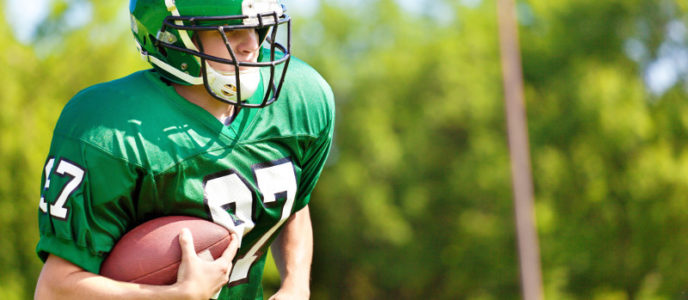
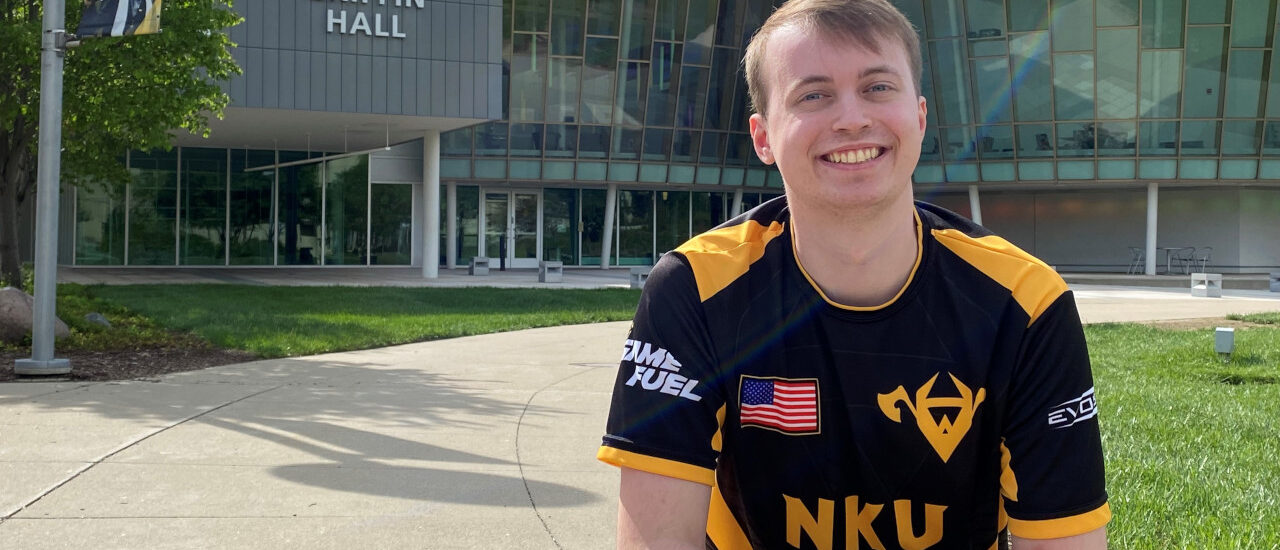
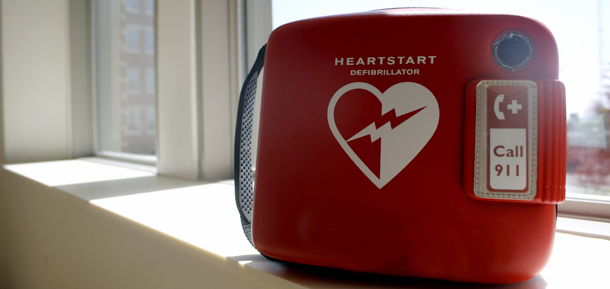
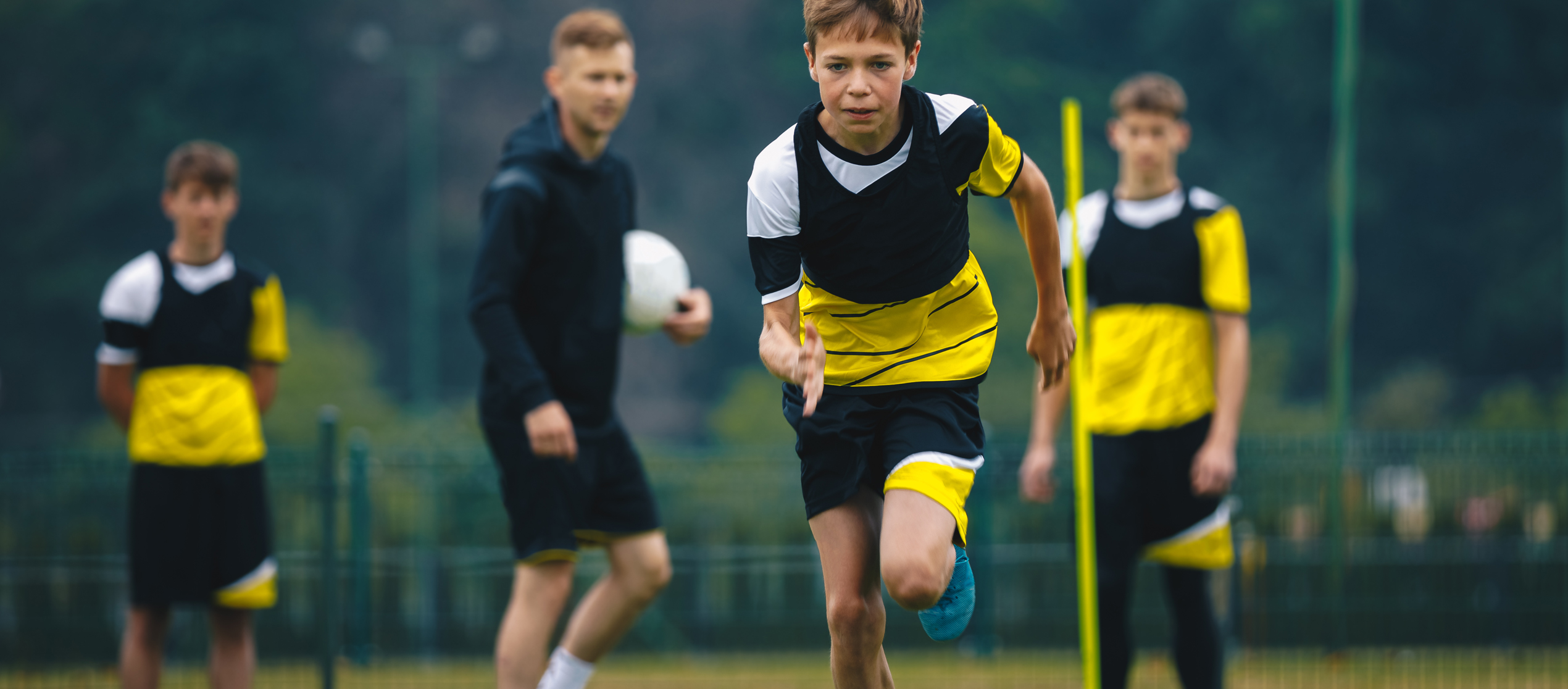
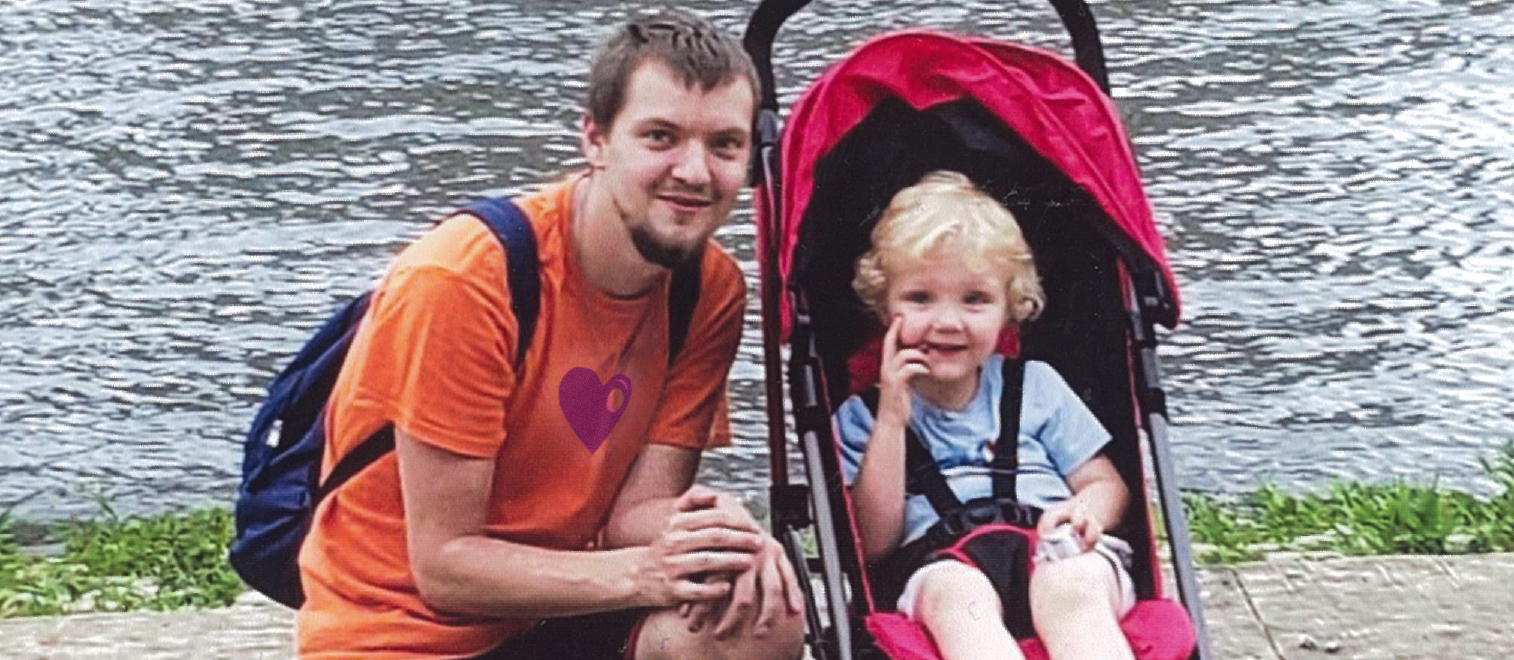
Dr.Kimball~ Is there any kind of pre-screening available for this? Would an EKG/echo/ or “Stress Test” pick this up?